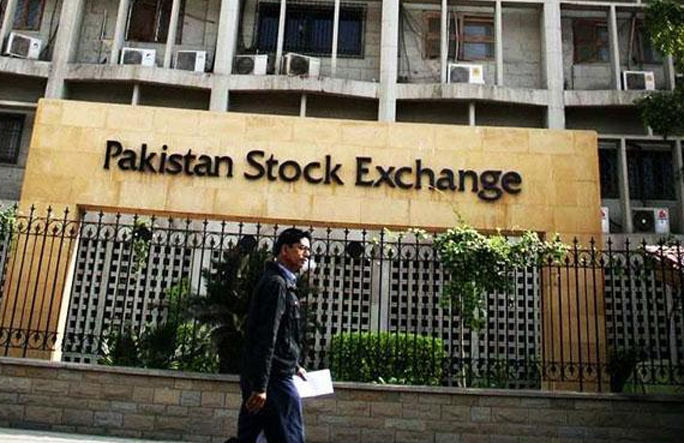The KSE-100 index plummeted 1,300 points in intraday trading as the Pakistan Stock Exchange (PSX) opened on Monday.
Trading opened at 40,496 points and dropped to 39,177 points within an hour ─ a change of 1.319 points ─ before rising to 39,293 points.
The fall comes on the back of the State Bank of Pakistan’s (SBP) monetary policy announcement on Friday and a fall in the value of the rupee.
From Aug 17 to Nov 22, the KSE-100 Index has drifted down by 1,573 points or 3.8pc. The benchmark closed at 40,874 points on Nov 22, from 42,447 points at the start of the era of the present government.
While the government has been pretty comfortable politically, the economy remains in the eye of the storm. The government has had to grapple with fast depleting foreign exchange reserves and ever-widening deficits.
The rupee closed at 139.06 to the dollar in the interbank market on Nov 30 — a depreciation of 3.8pc in its value.
Bankers said this happened as the SBP silently watched the demand for dollars rising on imports and external debt payments. It was so intense and sudden that the dollar surged to Rs144 at one point on Friday before closing lower.
Also on Nov 30, the SBP raised its key policy rate by 150 basis points to contain inflation, a product of several economic factors, most notably a weaker rupee.
Spectators and analysts, however, expected just a 1pc hike in the policy rate, DawnNewsTV reported, adding that the increase brings the policy rate into double digits amid reports that the move is linked to talks with the International Monetary Fund (IMF) on a bailout package.
The timing of the twin moves suggests Pakistan has finally started fulfilling some pre-conditions of a fresh IMF loan, though Finance Minister Asad Umar has said he is in no hurry to get it. The government does not disagree with the Fund’s concerns on economic fundamentals, bankers and analysts say.
Also, it does not disagree with the Fund’s prescription for curing our ailing economy: let the overvalued rupee find its real market worth, minimise energy subsidies, reduce development and non-development expenses, hike interest rates — and choose economic stability over growth in the process.





